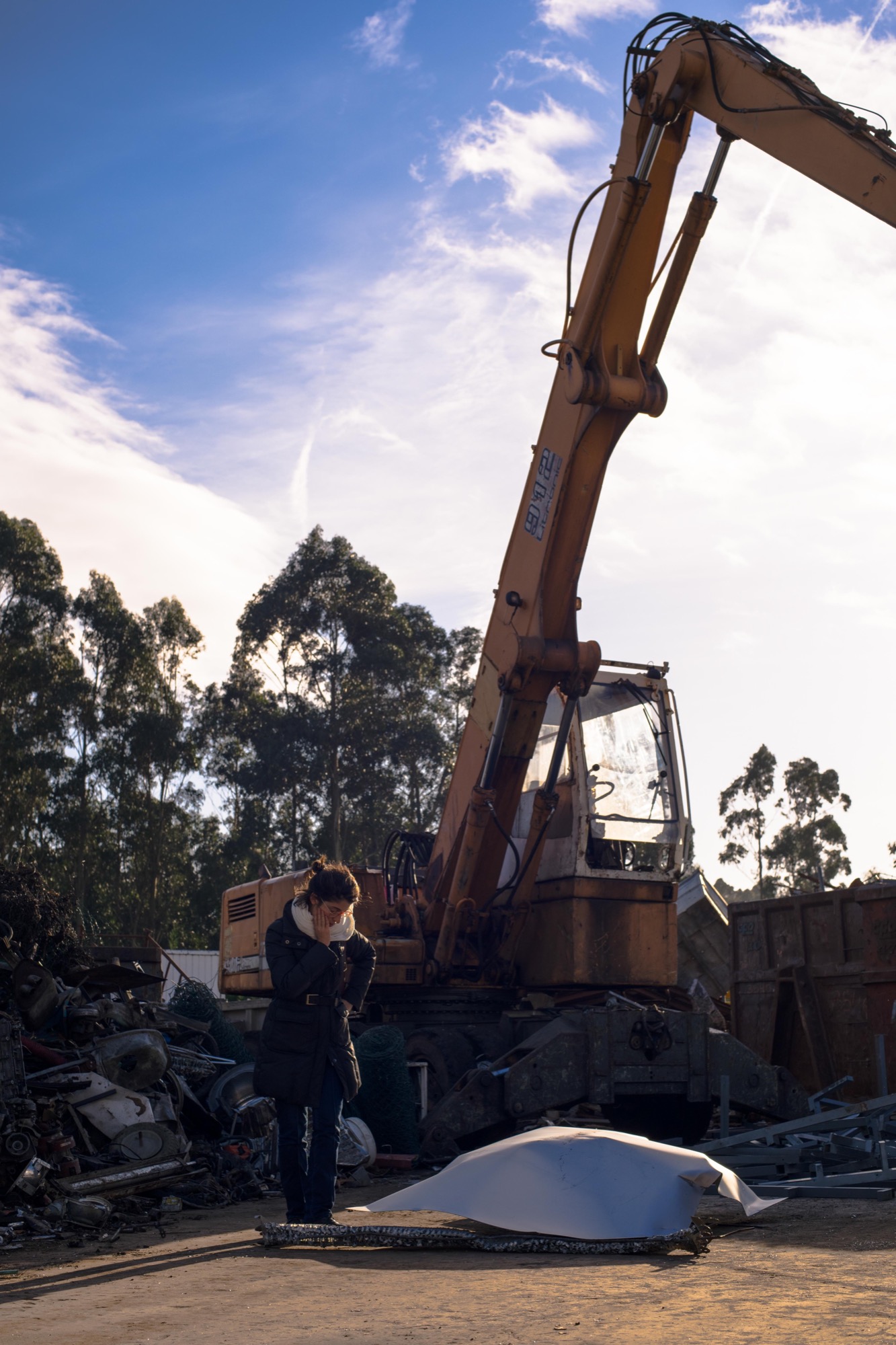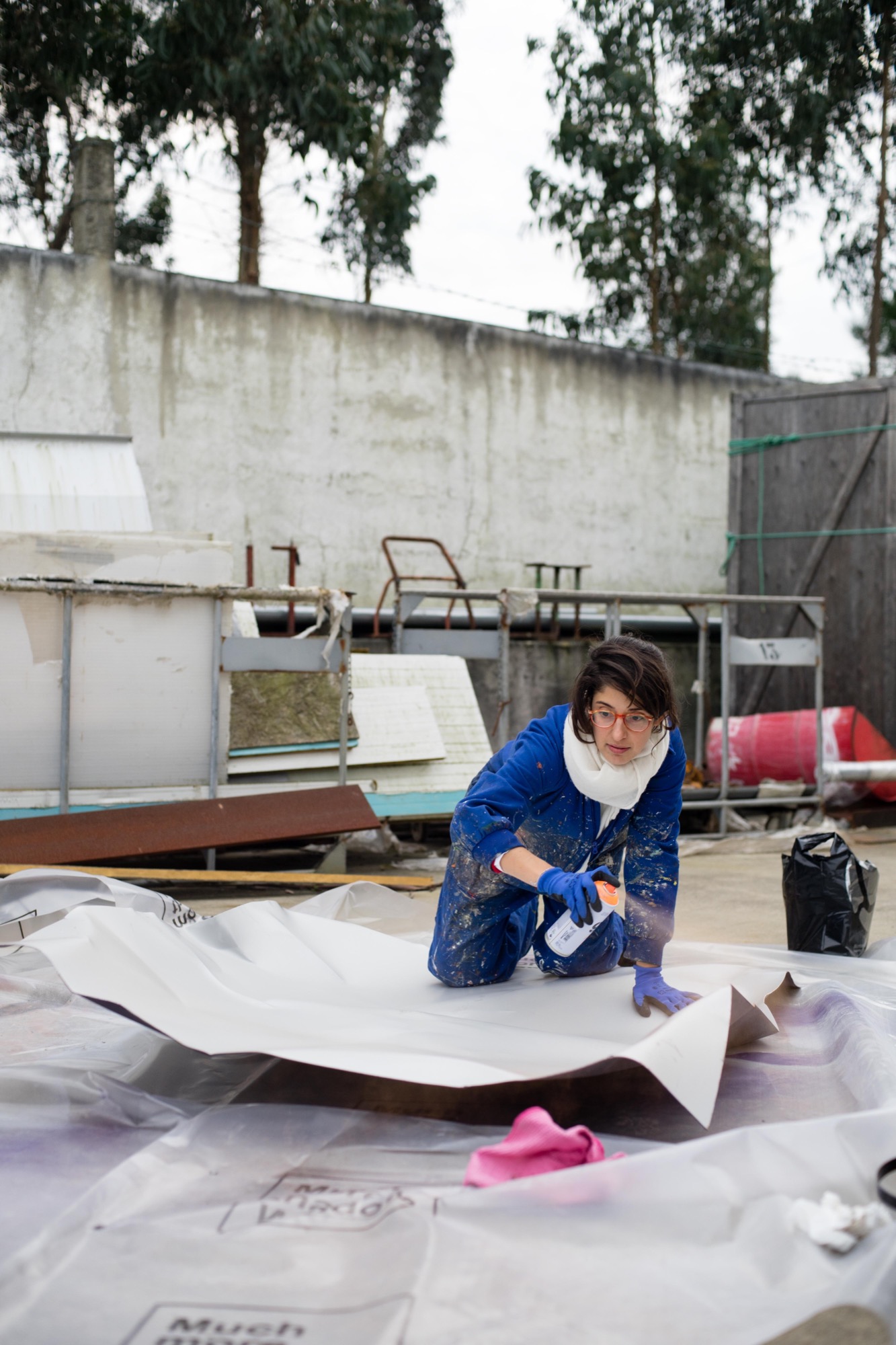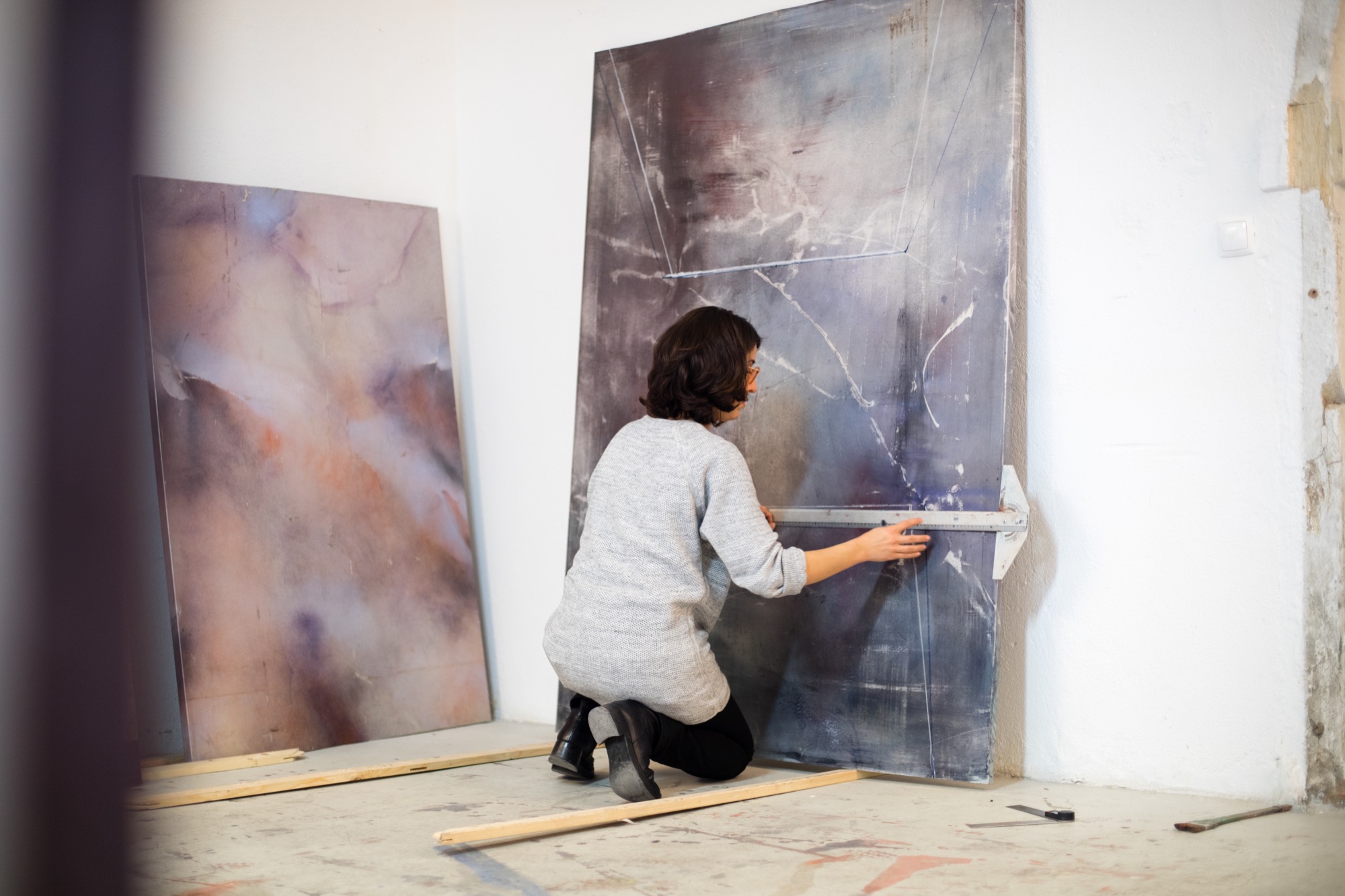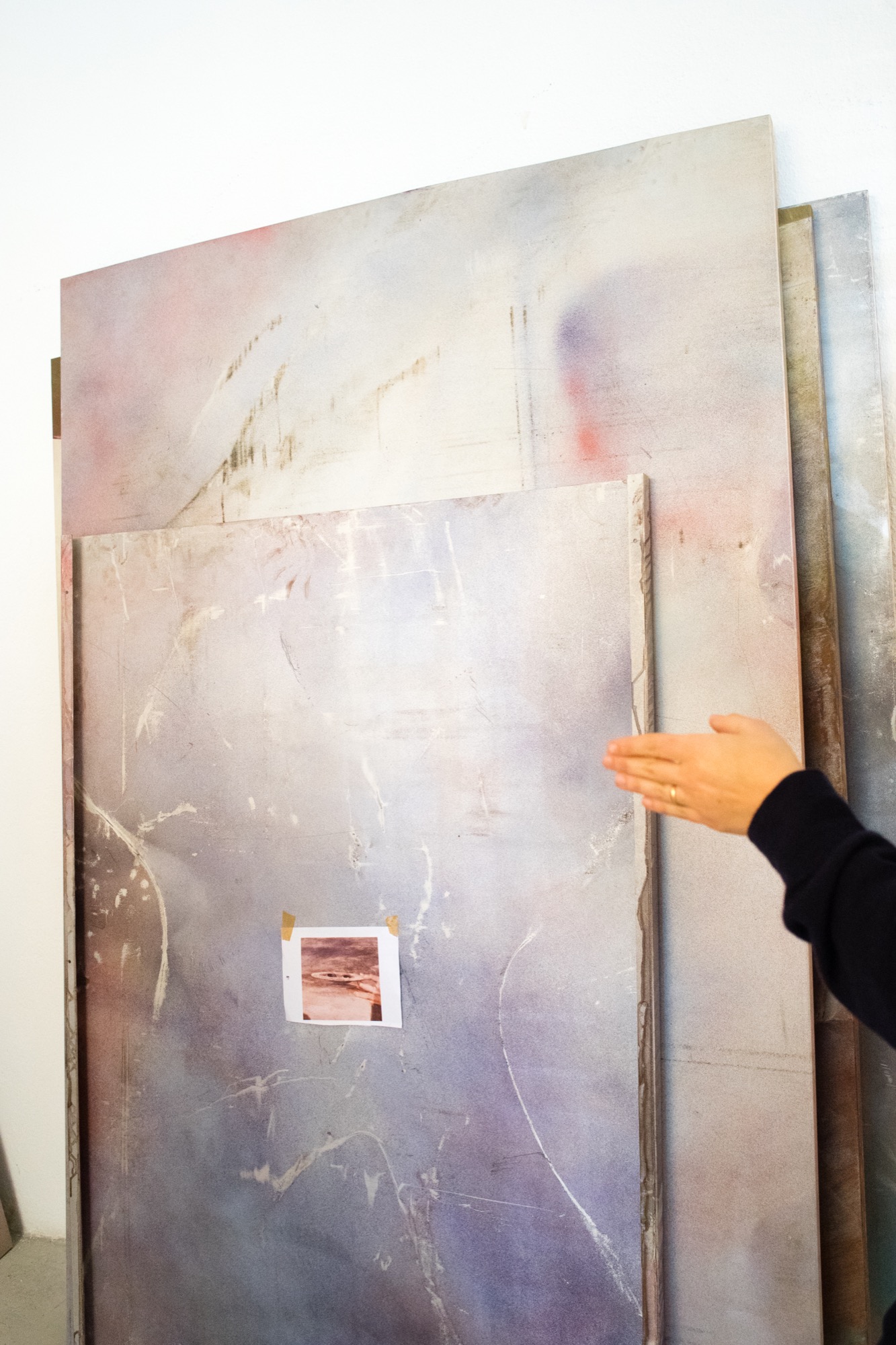This site uses cookies
Read moreMaterials
Partners
Portugal
iron, painting, bender
AiR 351

Luísa Jacinto
programme cycle 01 / Stone-Veil
Luísa Jacinto lives and works in Lisbon. Jacinto's artistic practice deals with the protocols of the image, narratives fragmentation and simulation, the excess of evidence and obscuration.
Of special note among her solo exhibitions are The idea of returning, Galeria Quadrado Azul, Lisboa, Portugal, 2022; Stone-Veil, Artworks, Lisbon, Portugal, 2019, We had the experience but missed the meaning, galería silvestre, Madrid, Spain, curated by Sérgio Fazenda Rodrigues, 2018; A single day is enough, curated by João Miguel Fernandes Jorge, Museu Carlos Machado, Azores, Portugal, 2012. Of special note among her collective exhibitions are It's the scenery that moves (duo exhibition with Isa Melsheimer) Brotéria, Lisbon, Portugal, 2022; Painting, Observation Field, curated by João Pinharanda, Cristina Guerra Contemporary Art, Lisbon, Portugal, 2021; PADA, ASC Gallery, London, United Kingdom, 2019; WAIT, curated by Orlando Franco, Museu Coleção Berardo, Lisboa, Portugal 2019; Saudade - Unmemorable Place in Time, curated by Yuko Hasegawa, Fosun Foundation, Shanghai, China and Museu Coleção Berardo, Lisbon, Portugal, 2018; Pontos Colaterais, Coleção de Arte Arquipélago, uma seleção, curated by João Silvério, Arquipélago, S. Miguel, Azores, Portugal, 2015.
"There was a moment," Luísa Jacinto says, "when I understood that I didn't just want to make beautiful surfaces, but to face vertigo, an accident. It's like a distancing game where I try not to give everything at first. There is a certain risk, but also a certain reckoning”.
The metal plates were worked on as if canvasses: first "attacked", then painted, and afterwards straightened by powerful calender and bending machines as basis for consecutive pictorial interventions ("It's a lot of torture for a metal plate", she recalls in an interview). Still, what we call "painting" is, strictly speaking, an alchemy of pigment work (cadmium, iridescence, brown, cobalt), something betwixt spraying and decanting. We are therefore precisely in contemporary painting territory, where the "old" machinery for representing the world is no longer worthy, or, as Isabelle Graw writes, "where painting abandons its former home - which was the image on the canvas - and becomes omnipresent in other forms of art."
Full text by Marta Mestre here.














partnership with AiR 351
resources: iron, painting, welding
format: residency cycle 01photography & video: Bruno Lança
No Entulho is open to visitors, if you want to know more please contact us.
Parque Industrial Amorim Rua Manuel Dias, 440 4495-129 Póvoa de Varzim
+351 252 023 590
info@noentulho.com